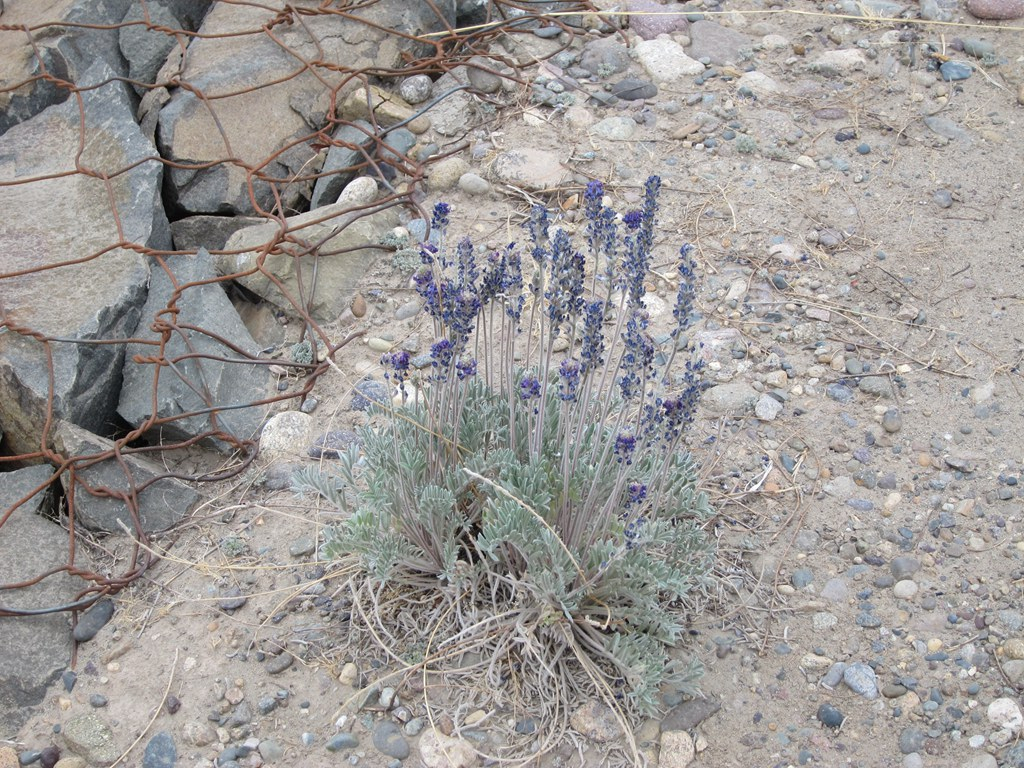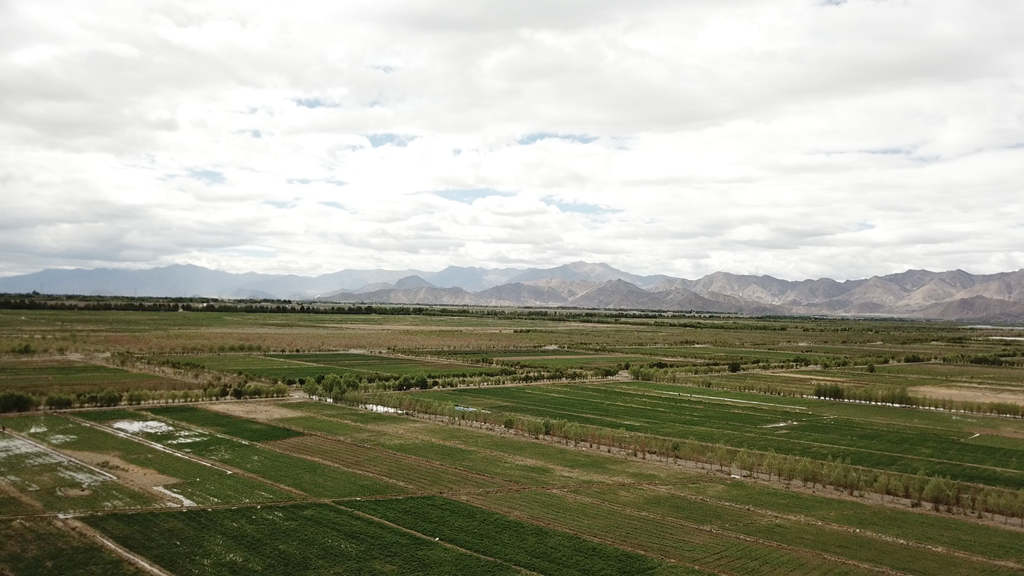

Liu Haijia from Shandong province has worked in Nanmulin for three years. /CGTN Photo
Liu Haijia, originally from the coastal Shandong Province, is finishing up his stint in Tibet's Nanmulin County of Shigatse soon.
"Yuanzang," or "Tibet-aiding" is a post where professionals, officials, and cadres from all across other provinces come to the region and help it grow in their designated areas. Each city has its helping location in the Tibet Autonomous Region. For example, all those coming from Weifang, Shandong Province like Liu, would come to Nanmulin County.
I asked Liu if he's finally getting used to Tibet. Constantly fighting back a throbbing migraine, weak and dizzy from trying to walk just half of my usual pace, I asked everyone about the paralyzing high altitude sickness that I wanted to moan about. That is, if I gathered enough energy.
Liu, whose face is now strewn with what is known as "highland-red" said simply "No. I haven't."
Weifang is 30 meters above sea level, whereas Nanmulin is 3,800 meters above. That's just too much a distance to accommodate, even after three years.

The only local plants in Nanmulin are short shrubs that cling deeply to the ground. /CGTN Photo
Liu said his biggest difficulty up in Nanmulin is sleep. Insomnia is typical due to the high altitude.
"I brought an extra-thick, luxe pillowcase here," he said. "And I tossed and turned so much that it's now threadbare with a hole."
Tormented by the same kind of sleeplessness, I was not sure then if I could make my two-week trip. But Liu's situation has gone on for 36 months.
Liu works in the forestry department, and he's tasked with a seemingly impossible mission.
Nanmulin sits in one of Tibet's most ferocious sandstorm areas. The mountains are barren. It has been almost 10 months since it last rained. And the only local plants are short shrubs that cling deeply to the ground. "Look at this, this tiny bush has its roots down 2 to 3 meters." Liu pointed to the sophora moocrofliana. "And if you notice, local shrubs all have long pointed leaves, to save water."
Liu and his colleagues' task was to engineer a forest here in Nanmulin.
Tibet's greening effort started nearly a decade ago. But it's the recent years that people have really doubled down to make it happen.
When Liu and I stood in the middle of a 40,000mu (roughly 2,670-hectare) land, surrounded by saplings of poplar, elms and quick-growing willows, their work has long been deemed successful and ready to outsource.

The 2,670-hectare land is now planted with saplings of poplar, elms and willows by Liu Haijia and his colleagues. /CGTN Photo
Our cameraman tried to get the drone image for the whole expanse of the man-made forests, and saying "It's just too big, out of range for the drone."
So in this place where man finds it hard to breathe, move, not to mention work out, man has also made miracles happen, growing trees where there hadn't been.
I asked Liu how this is possible. How the trees can grow up here and how he managed to hold out so well.
"For the trees, [local people] used to depend on animal husbandry here and don't know what the forests can do,” Liu said.
"But we have the knowledge and technology," Liu added, "And it's our job."
Nanmulin is much less windy now thanks to the forests. And a bettering environment means agriculture is possible. The county's population is growing.
As to his personal difficulties. Liu waved it off.
"We are from the generation that believes in going to wherever that need us the most. And places with the harshest conditions are the neediest ones too."
Nanmulin has rewarded him.
Liu said the sincere thanks and feelings that pour onto him by locals are precious. "It's here in Tibet that you really feel the friendliness, the warm feelings."
Liu's post would end sometime in July. He will go back to Weifang, and finally reunite and live with his family again. And hopefully, enjoy a whole night of sound sleep again.
But his mission in Tibet is far from over, as Nanmulin plans to engineer more profitable fruit trees in the region.
"I've already told the new cadres who specialize in water conservation. They must tackle irrigation right," Liu said. "And this will go on well too."

Copyright © 2018 CGTN. Beijing ICP prepared NO.16065310-3
Copyright © 2018 CGTN. Beijing ICP prepared NO.16065310-3